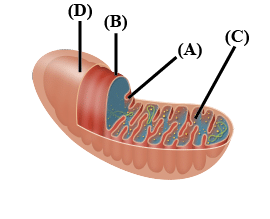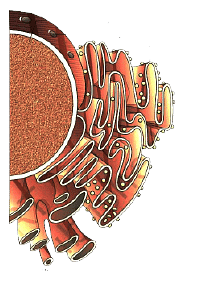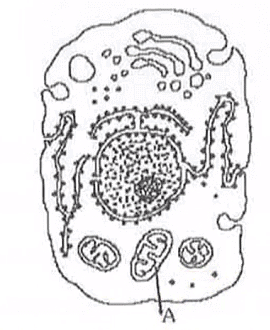31 Years NEET Previous Year Questions: Cell: The Unit of Life - 2 - NEET MCQ
25 Questions MCQ Test - 31 Years NEET Previous Year Questions: Cell: The Unit of Life - 2
Which one of the following structures between two adjacent cells is an effective transport pathway?
[2010]
Which one of the following has its own DNA?
[2010]
The main arena of various types of activities of a cell is:
[2010]
The plasma membrane consists mainly of:
[2010]
Given below is a sample of a portion of DNA strand. What is so special shown in it?
5’ —— GAATTC —— 3’
3’ —— CTTAAG —— 5’
[2011]
Important site for formation of glycoproteins and glycolipids is
[2011]
Peptide synthesis inside a cell takes place in:
[2011]
What are those structures that appear as beads - on- string in the chromosomes when viewed under electron microscope ?
[2011]
The figure below shows the structure of a mitochondrion with its four parts labelled (A), (B), (C) and (D).

Select the part correctly matched with its function.
[2011M]
In mitochondria, proteins accumulate in the
[2011M]
Which one of the following is not considered as a part of the endomembrane system ?
[2011M]
Ribosomal RNA is actively synthesized in
[2012]
Which one of the following does not differ in E.coli and Chlamydomonas
[2012]
What is true about ribosomes
[2012]
Nuclear membrane is absent in
[2012]
Select the correct statement from the following regarding cell membrane.
[2012]
Which one of the following structures is an organelle within an organelle?
[2012M]
Which one of the following cellular parts is correctly described?
[2012M]
Which one of the following organelle in the figure correctly matches with its function ?

[NEET 2013]
The Golgi complex plays a major role
[NEET 2013]
A major site for synthesis of lipids is :
[NEET 2013]
The term ‘glycocalyx’ is used for
[NEET Kar. 2013]
Which of the following type of plastids does not contain stored food material?
[NEET Kar. 2013]
Select the alternative giving correct identification and function of the organelle ‘A’ in the diagram

[NEET Kar. 2013]
Why is a capsule advantageous to abacterium?
[NEET Kar. 2013]



















